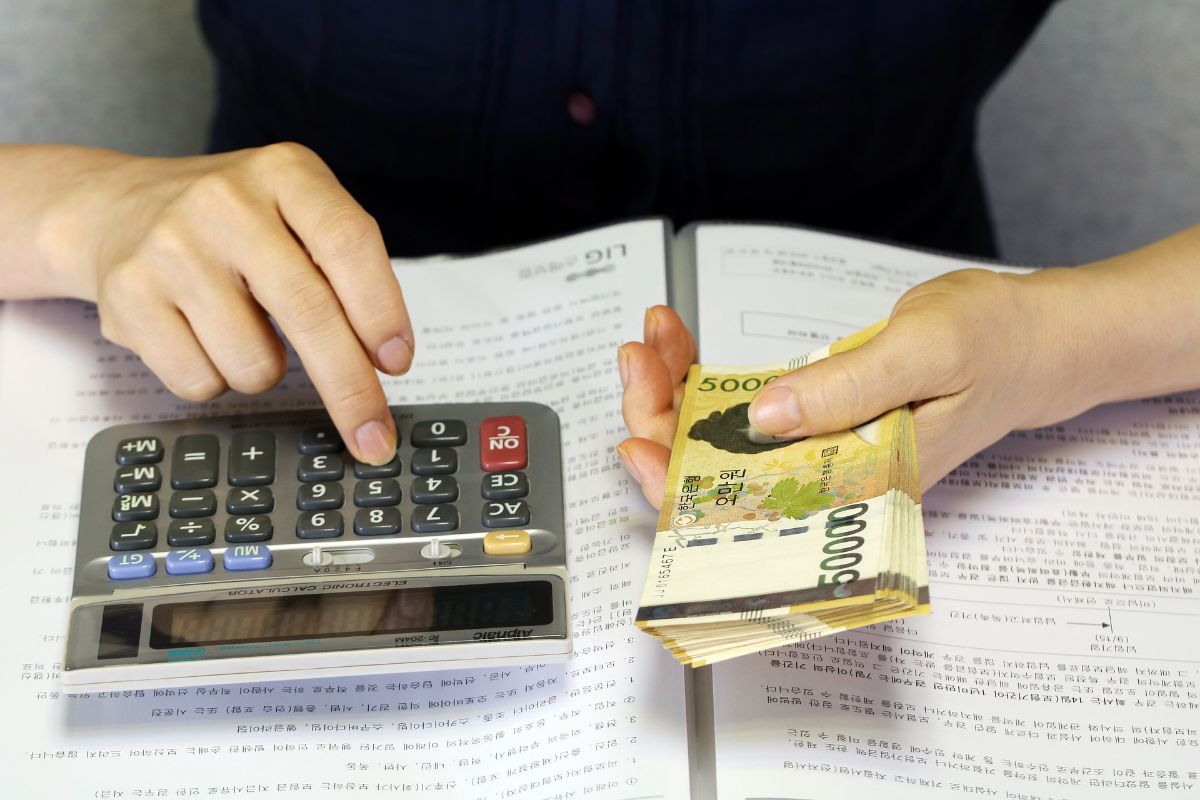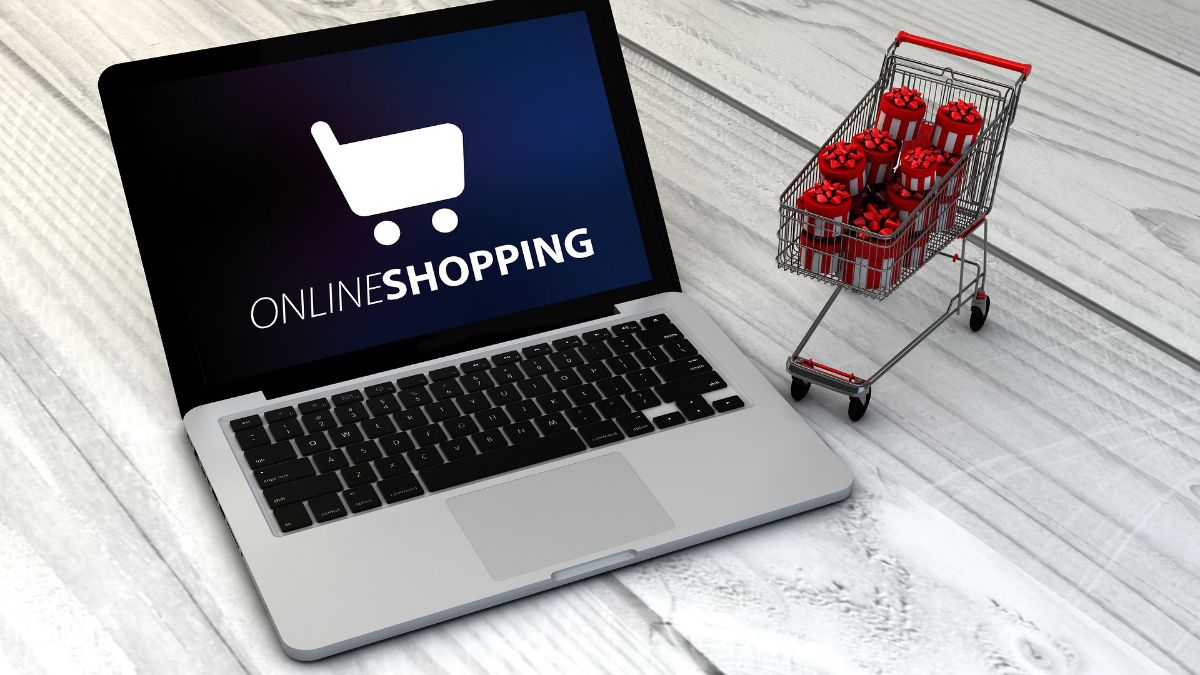
If you have an ecommerce, the goal you want to reach is to sell. The more the better. But sometimes your customers, either because they are high-class products (expensive) or because they can't afford it, they can't ask you for anything because they can't pay it in full. So, do you know what deferred payment is and what it can do for your business?
If you have thought about integrate deferred payment into your eCommerce but you do not know all the details well, then we will tell you about it.
What is deferred payment

The deferred term, or deferment of payment, is nothing more than a postponement that occurs of a payment to be made. In this way, instead of paying at the same time a product is purchased, the payment is made some time later.
It is what we could call it "buy now, pay later" that in some large stores is beginning to sound (an example is Amazon in its clothing section where it allows you to buy a variety of garments without having to pay for them until a week later).
Of course, to avoid problems, All the data of the person is collected so that, in the event that there is no return, the money for those products that have been purchased can be charged.
Another example that you may have used is Booking, where it allows you to reserve rooms but nothing is charged until you go to the hotel and register (although they do manage payment by card so that, if you do not come, if you have not notified or canceled , they can charge it to your account).
Types of deferred payment

Now that you know what deferred payment is, you should be aware that there are two large groups. That is, within the deferred period there are two types:
- The payment terms. In this case a "contract" is made between the buyer and the seller. What is happening? Well, a payment invoice is issued for what has been bought some time after having bought it so that it is satisfied.
- The means of payment. In which it is established how to pay: by bank transfer, direct debit, direct charge, credit card, cash...
There is a third group that is gaining more and more followers, especially among e-commerce. And it is that in this case the "contract" of the payment terms is not established between buyer and seller but is mediated by a third company. This is the one that "lends" the money to the buyer and is in charge of paying the seller, but then the one who demands the money is from the buyer (not immediately, but in a later period of time). Although it is within the concept of payment in installments, when it is paid in less than a month (or even 15 days) it could be treated as a deferred payment (where you have a "guarantor" who is the one who pays for the purchase and then returns him the money).
Advantages and disadvantages
As with almost everything, deferred payment has a number of advantages for both the seller and the buyer. But there are also inconveniences that must be taken into account so that we are not caught off guard.
Advantages of deferred payment
Within benefits it offers us this form of payment we have:
- It is a way of financing purchases, since they are made but are not paid for until some time later.
- It allows you to buy even if you do not have liquidity. For example, buying a product and paying later, hoping that they will make an income for that date.
- For sellers there is no brake not to sell. And it is so that the buyer can buy without fear and sellers can sell.
- Sometimes those sellers may charge interest that compensates for waiting for payment for a while.
Disadvantages
On the other hand, you should keep in mind that there are some disadvantages that must be consider before making the final decision:
- The buyer may not comply and not pay the payment for the products, so although a penalty can be imposed, if he continues not to pay, he would have to end up processing complaints, lawyer costs, etc.
- Sellers can be affected by non-payments for products they have sold and affect their own payments.
- The deferred payment may entail the payment of interest or penalties in the event that the payment is not made.
How deferred payment works in an eCommerce

There is no doubt that deferred payment is totally different from what we are used to when we buy, whether in an online store or in a physical one. However, it is a form of payment that can be used in eCommerce.
Consists in offer a kind of "credit" at the moment without there being quick loans or third parties acting. Now, it is the eCommerce itself that is going to assume the risk of the sale.
Another option is to use specific platforms that are in charge of paying the eCommerce while a relationship is generated with the client until he satisfies the money that has been loaned to him.
In online stores, deferred payment with eCommerce is very rare; but it is not so rare to see the installment payment option through third-party platforms. In reality, these platforms do pay the store in full, but then they have to be aware that the buyer returns the money that they have advanced.
Is it worth integrating it into an online store?
When you go to buy in an online store, having multiple forms of payment is something very valuable. There are still people who are reluctant to give their credit card, especially if it is the first time they buy and the total they must pay is high. So having other options, such as Paypal, cash on delivery, transfer... gives them security and freedom at the same time.
But by including the deferred payment, it allows the person to feel more comfortable knowing that they do not have to pay everything at once but can do it little by little.
In fact, one of the advantages focused on eCommerce is that it encourages online purchases. having more affordable installments, many see the opportunity to treat themselves more and increase the shopping cart, in such a way that in the end you will sell more.
Is it clearer to you now what deferred payment is and why you should consider it for your eCommerce? Of course, you have to look at all the pros and cons before putting it up so that it is not detrimental to your finances.